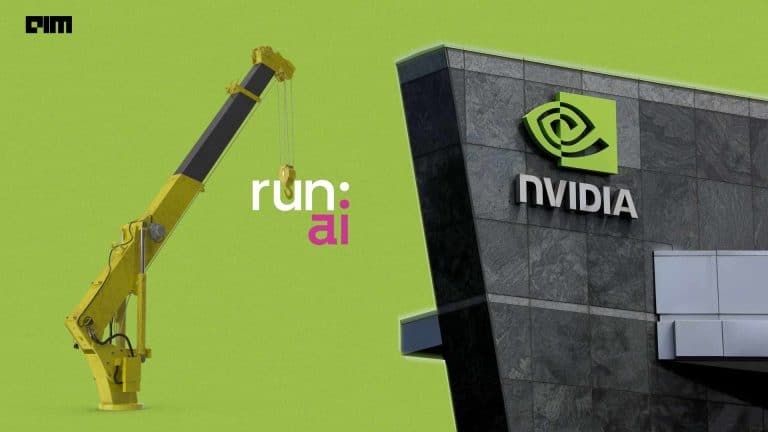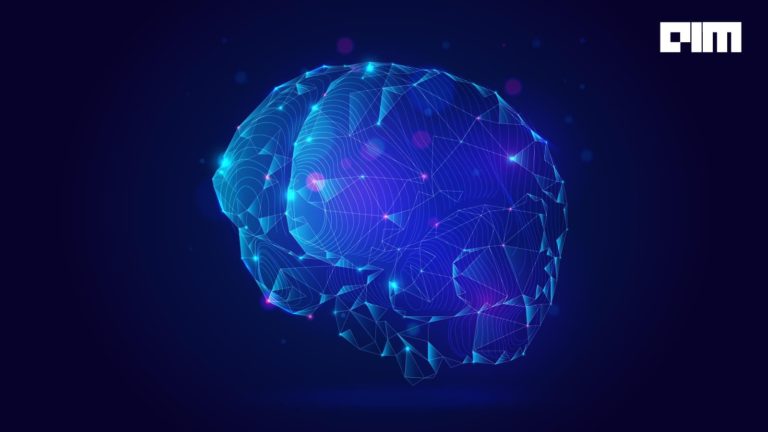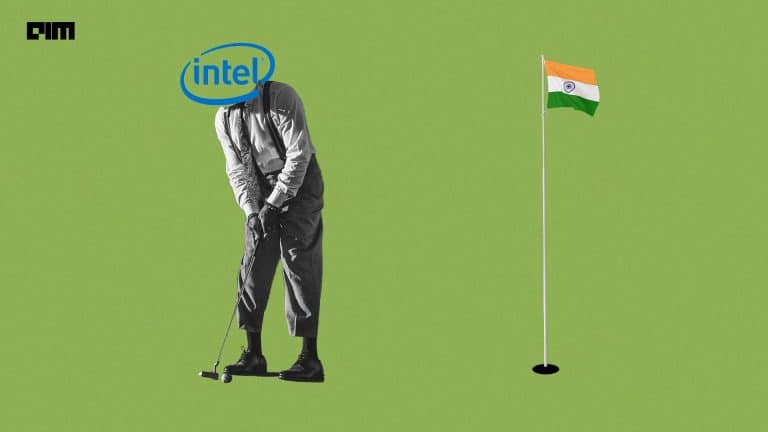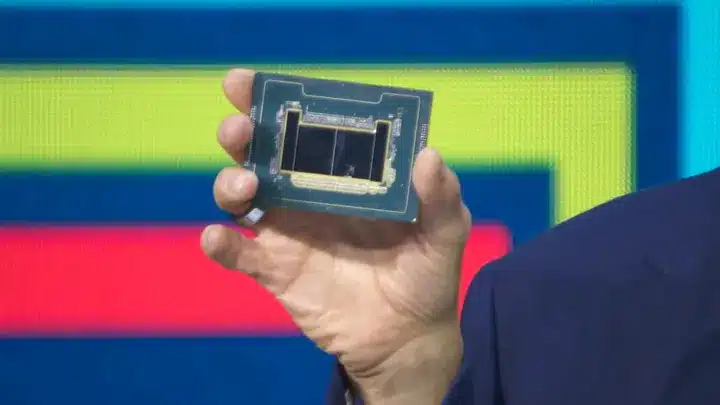VR is widely considered by gaming enthusiasts to be the future of entertainment. With modern technology, it is possible to plug into a world where our minds are tricked into perceiving virtual environments as real. With that being said, the first generation of VR products have already emerged in the market a few years ago and has also seen an uptick in adoption among those who are willing to be on the cutting edge.
The VR machine itself, whether it be the Oculus Rift or the HTC Vive, has a steep cost and the PC performance required to run VR games at suitable quality demanded deep pockets. After the initial cycle of hype, VR has slowly gained a place in the mainstream gaming market, and it is possible to find good games to play on the platform.
Further applications such as a 3D environment for creators and 360-degree video have also increased the viability of VR. The barrier of entry has also lowered somewhat, due to the availability of lower priced computer parts and reduction of price in the VR headsets.
While the Oculus itself costs around ₹46000, it is possible to build a complete gaming setup, including the headset, for under ₹2 lakhs. In this article, we will look into how to build a gaming PC for smooth VR gaming for a price of ₹1.5 lakhs. As computer components are subject to an 18% tax under GST, this is not included in the price.
The CPU
As Intel and AMD are neck-to-neck in this market, it is important to look at bundled accessories, software, and overall value for money when purchasing a component. Keeping this in mind, we have compiled two lists of components; one for Intel, and the other for AMD.
 On the AMD side, the competitor is the competitively priced Ryzen 7 2700X. This processor comes with 8 core and 16 threads, with a clock speed of 3.7 GHz. It runs on the Zen+ platform, and is a good fit for any gaming machine due to its overclockability, as indicated by the ‘X’ suffix.
On the AMD side, the competitor is the competitively priced Ryzen 7 2700X. This processor comes with 8 core and 16 threads, with a clock speed of 3.7 GHz. It runs on the Zen+ platform, and is a good fit for any gaming machine due to its overclockability, as indicated by the ‘X’ suffix.
The processor also comes with a Wraith Prism LED Cooler and support for software known as StoreMI that allows for faster boots through intercommunication between the SSD and the HDD. It is priced at around ₹25,000. Paired with the Gigabyte Aorus X470 motherboard, the AM4 socket on which this CPU function allows for promised support until 2020. The motherboard comes with a bevvy of enthusiast grade features and is priced at ₹20,500.
 The Intel competitor is the i7 8700K, which is also overclockable as indicated by the ‘K’ moniker. It comes with 6 cores and 12 threads and is clocked at 3.7 GHz. It offers slightly higher performance over the Ryzen, and also comes in at a slightly higher price at around ₹28,000.
The Intel competitor is the i7 8700K, which is also overclockable as indicated by the ‘K’ moniker. It comes with 6 cores and 12 threads and is clocked at 3.7 GHz. It offers slightly higher performance over the Ryzen, and also comes in at a slightly higher price at around ₹28,000.
However, there is no included cooler, necessitating the need for a Cooler Master Hyper 212 Evo Air Cooler, which will set you back around ₹6000. Intel does not offer any additional features, although the motherboard comes in cheaper. The Gigabyte Z390 UD is an enthusiast class motherboard that allows the processor to be overclocked, and costs around ₹15,000.
While the Ryzen setup offers more cores and threads, gaming is still a single-threaded workload most of the time. The slightly higher single core clock speeds of the Intel processor could give it a slight edge over the Ryzen, but the latter’s included cooler and overclocking software fight with Intel on value grounds.
The Intel components present a price of ₹51,000, while the AMD components come in at just under ₹45,000.
The GPU
 In a VR gaming machine, the most important part is the GPU. For this build, it is recommended to go with a GTX 1070Ti AMP Edition from Zotac while stocks last. The newer generation of cards released by Nvidia charge a premium for their real-time raytracing compute, and are not recommended in a budget build. Moreover, the 1070Ti far outstrips the recommended requirements given by both Oculus and HTC, as it provides a significant performance boost over the recommended GTX 970, and directly supersedes it.
In a VR gaming machine, the most important part is the GPU. For this build, it is recommended to go with a GTX 1070Ti AMP Edition from Zotac while stocks last. The newer generation of cards released by Nvidia charge a premium for their real-time raytracing compute, and are not recommended in a budget build. Moreover, the 1070Ti far outstrips the recommended requirements given by both Oculus and HTC, as it provides a significant performance boost over the recommended GTX 970, and directly supersedes it.
The 1070Ti is immensely powerful and is closer to 1080 than 1070. It is VR ready out of the box, and also has the required dual HDMI 1.4 outputs required for the Rift and Vive. However, to incentivise customers to buy the newer and more expensive RTX cards, Nvidia has stopped the production of the GTX cards. This has led to a shortage in the stock of the card, which is quickly dwindling.
The AMP edition also comes with a hefty factory overclock, allowing the GPU to perform at peak capacity. The card is priced at around ₹45,000 at certain retailers. It is recommended to buy before stocks run out.
In case of being unable to source a 1070Ti, customers can also go for the newest AMD offering known as the Radeon VII. It is priced slightly higher, at ₹55,000, and includes 3 games worth ₹9000. Stocks are assured, and the card handily beats the 1070Ti in performance terms. The Sapphire variant is recommended, as it comes with a factory overclock.
Other Components
The total for the rest of the components required to build the PC comes up to ₹43,500. It is a standard approach, incorporating 16GB of RAM running at 2666 MHz priced at ₹11,000, a Corsair VS650 PSU priced at ₹6,500, a Kingston 250GB SSD at ₹2.500, a WD 2TB HDD at ₹4,500 and the Cooler Master MasterBox Lite Case at ₹6,000. A high refresh rate, low response time monitor such as the Acer KG221Q can be purchased at around ₹11,000, with other peripherals resting at under ₹2,000.
The Total Cost
The Intel setup is slightly higher in cost owing to the added cost of the cooler and processor, coming in at around ₹1.4 lakhs. The AMD setup is cheaper by only a slight amount, with a price of ₹1.33 lakhs. In case of buying the Radeon VII, the GPU will set the buyer back by an additional ₹10,000, bringing the price to ₹1.5 lakhs and ₹1.43 lakhs respectively, not to mention 3 free games.
This PC will be able to play the latest VR games at high refresh rates and quality, reducing the amount of nausea felt by first-time users. It will also provide a much smoother experience than using the recommended setup. Moreover, it also functions as a fairly high-end gaming PC, moving into the 100+ FPS range on games such as GTAV and Fortnite.


















































































